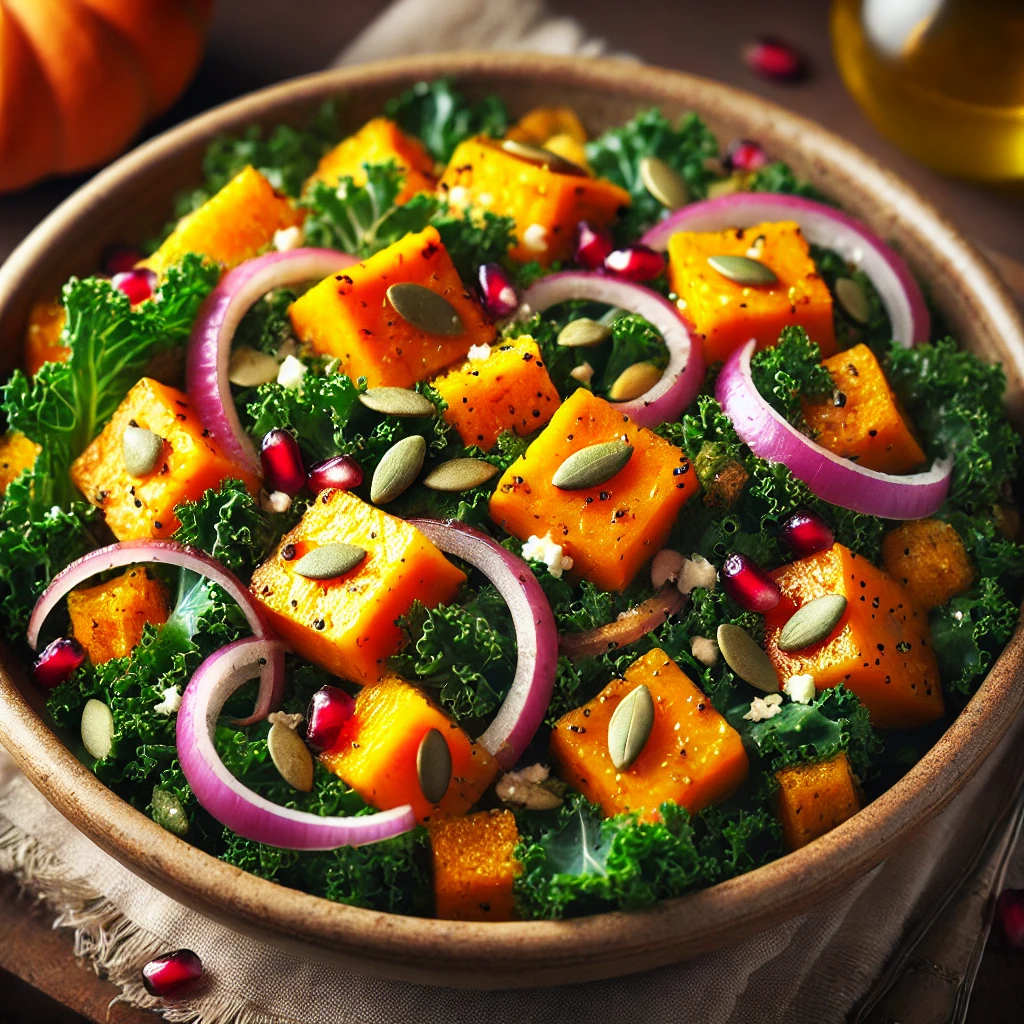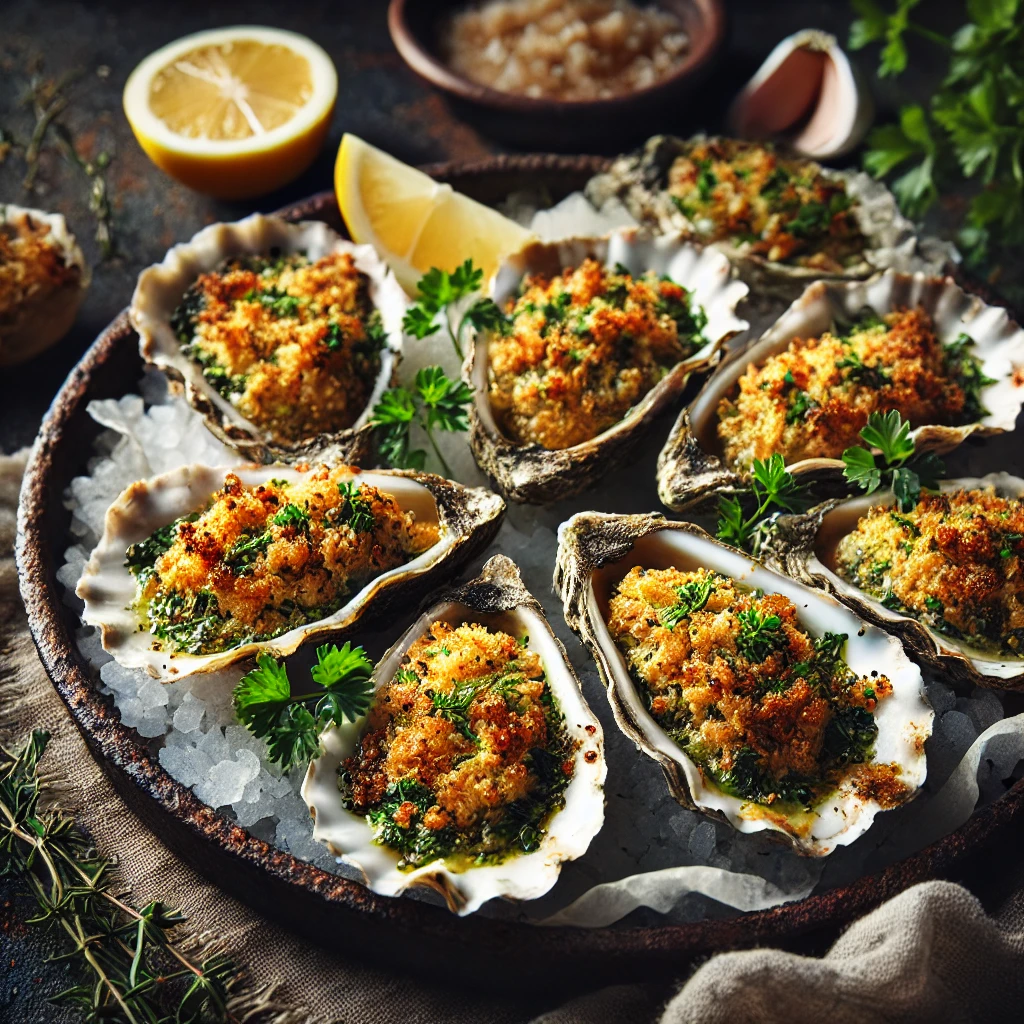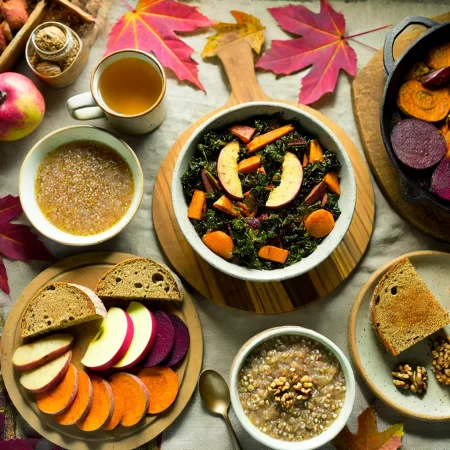
As the cooler months roll in and the days get shorter, our immune systems can often take a hit, leaving us more susceptible to seasonal illnesses. One of the best ways to fortify your body’s defenses is by incorporating foods rich in Vitamin C. This essential nutrient plays a key role in maintaining healthy skin, promoting collagen production, and most importantly, supporting immune function. Fortunately, fall offers a bounty of fresh produce packed with Vitamin C, including citrus fruits, bell peppers, and hearty greens like kale.
Incorporating these foods into your daily meals not only helps your body ward off colds and infections but also provides a powerful dose of antioxidants. Vitamin C acts as a natural antihistamine, helping to reduce symptoms of allergies and respiratory conditions that can flare up during seasonal changes. By adding colorful, Vitamin C-packed ingredients to your fall dishes, you’re taking proactive steps toward feeling your best, all while enjoying the delicious flavors of the season.
Additionally, Vitamin C has been shown to enhance the absorption of iron from plant-based sources, which is vital for maintaining energy levels during the colder months. When combined with foods high in iron, like spinach or legumes, a diet rich in Vitamin C can help prevent fatigue and promote overall vitality. This is especially beneficial as the days grow shorter and we look for ways to stay energized and healthy.
To maximize your intake of Vitamin C this fall, consider adding a mix of sweet and savory dishes that highlight seasonal produce. A simple yet nutritious way to do this is with a vibrant roasted butternut squash and kale salad, paired with a zesty citrus vinaigrette. This dish not only bursts with flavor but also delivers a satisfying crunch and a nutritional punch that will leave you feeling fortified.
Roasted Butternut Squash and Kale Salad with Citrus Vinaigrette
Ingredients:
– For the Salad:
– 1 medium butternut squash, peeled and cubed (about 4 cups)
– 2 tablespoons olive oil
– Salt and black pepper to taste
– 6 cups fresh kale, stems removed and leaves torn into bite-sized pieces
– 1 red bell pepper, thinly sliced
– 1 orange, peeled and segmented
– 1/4 cup pomegranate seeds
– 1/4 cup toasted sunflower seeds or pumpkin seeds
– For the Citrus Vinaigrette:
– Juice of 1 large orange (about 1/4 cup)
– Juice of 1 lemon (about 2 tablespoons)
– 1 tablespoon Dijon mustard
– 1 tablespoon honey or maple syrup
– 1/4 cup olive oil
– Salt and black pepper to taste
Instructions:
1. Roast the Butternut Squash:
– Preheat your oven to 400°F (200°C).
– Toss the cubed butternut squash with olive oil, salt, and black pepper, then spread it out in a single layer on a baking sheet.
– Roast for 25-30 minutes, turning halfway through, until the squash is golden brown and tender. Set aside to cool slightly.
2. Prepare the Kale:
– While the squash is roasting, massage the kale with a small amount of olive oil and a pinch of salt. Use your hands to rub the oil into the leaves for about 1-2 minutes. This helps to soften the kale and improve its texture.
3. Make the Citrus Vinaigrette:
– In a small bowl, whisk together the orange juice, lemon juice, Dijon mustard, honey, salt, and pepper. Slowly drizzle in the olive oil while continuing to whisk until the dressing is well combined and slightly thickened.
4. Assemble the Salad:
– In a large serving bowl, combine the massaged kale, roasted butternut squash, red bell pepper slices, orange segments, and pomegranate seeds.
– Drizzle the salad with the citrus vinaigrette and toss gently to combine.
5. Serve:
– Sprinkle the toasted sunflower or pumpkin seeds on top just before serving for added crunch and nutrition.
– Enjoy the salad warm or at room temperature.








